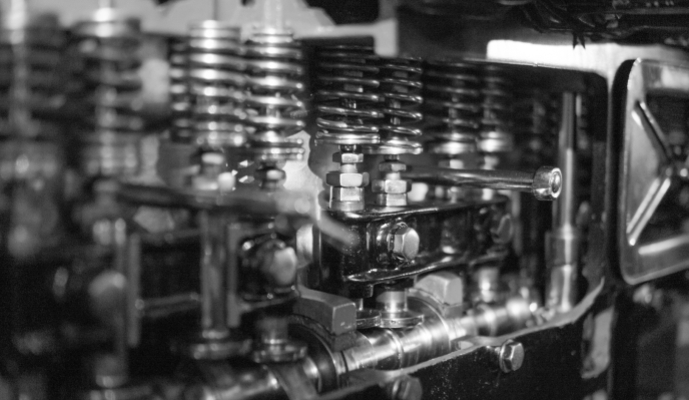Hydrogen Embrittlement - Causes and Solutions

Hydrogen embrittlement is caused by a wide range of factors and more importantly, requires specific treatment to be given to the materials based on how the embrittlement was caused. However, most users of fasteners attribute weakness of material to generic factors like rust and over load and hand out the wrong treatments or total replacements when it is unnecessary. With a little bit of understanding about identifying the symptoms of hydrogen embrittlement, you can save cost while repairing expensive fasteners which you would otherwise have to replace with more expensive fasteners. This could become a vicious cycle of purchasing and replacing if the cause of hydrogen embrittlement is not identified and taken care of.
Firstly, what exactly is hydrogen embrittlement? It is a phenomenon which causes a material or product to lose its toughness or ductility. Hydrogen embrittlement is caused by the over presence of atomic hydrogen in the structure of the metal.
There are two types of hydrogen embrittlement you will need to watch out for:
- Internal hydrogen embrittlement
- External hydrogen embrittlement
Internal hydrogen embrittlement:
This happens in the first phase of manufacturing when the metal is being cast into components. In internal hydrogen embrittlement, atomic hydrogen can enter the molten metal and can become supersaturated upon solidification. This excess hydrogen can cause molecular irregularities, resulting in compromised electrical and mechanical properties of the component being manufactured.
External hydrogen embrittlement:
This is caused mostly by environmental conditions which leads to devolution of the metal as the result of hydrogen being absorbed by the metal body. The conditions which can lead to external hydrogen embrittlement are extreme heat, long duration chemical treatments, electroplating, corrosion, cathodic protection and general operation in high-pressure hydrogen surroundings.
Causes of Hydrogen Embrittlement
While it is harder to prevent internal hydrogen embrittlement from happening, you can do so much to prevent external hydrogen embrittlement from materialising. This begins by understanding the causes of external hydrogen embrittlement. Primarily, extra stress put on a metal, which is more than what it can take, will lead to structural integrations being compromised. When the tensile strength or stress intensity crosses above its threshold level, an absence of external loading or residual stress in created. This manifests physically as blisters, cracks, hydride formation and reduces flexibility or ductility.
In such cases, the atomic hydrogen is left to react with the metal, which forms a crack, leading to a complete fracture of the material. This is known as Hydrogen Assisted Cracking (HAC) or Hydrogen Stress Cracking (HSC).
Another factor contributing to external hydrogen embrittlement is even small cracks and crevices being polarised anodically, leading to more active corrosion. This is called Stress Corrosion Cracking (SCC), which is also hydrogen assisted. When Hydrogen Stress Cracking, which is electrochemically cathodic, and Stress Corrosion Cracking, which is electrochemically anodic, act in combination, the results could be structural degeneration at an extremely fast pace.
In most cases, including components made with high strength steel, the external hydrogen embrittlement is predominantly caused by Hydrogen Stress Cracking followed by a more obvious Stress Corrosion Cracking.
Solution to Prevent Hydrogen Embrittlement
Like we mentioned before, by understanding the causes of hydrogen embrittlement, we can be better equipped to solve the issue. You could begin by carefully evaluating the load bearing capacity of a fastener or component before putting it to use. This ensures that there is no imbalance of load, which could prevent Hydrogen Stress Cracking. You could also pay close attention to the hardness of the material to better understand its structure and capabilities.
The most obvious solution to prevent hydrogen embrittlement is to cut it off at its source. This means that at the time of manufacture, specific precautions have to be taken to reduce the exposure of the molten metal to atomic hydrogen. You could also try to bake the material or give it some kind of heat treatment to remove any residue of atomic hydrogen.
By going deeper to understand hydrogen embrittlement, you can consider yourself several steps ahead of your colleagues. Ensuring that the fasteners you use so not succumb to hydrogen embrittlement can also make you a trustable service provider. Therefore, make it a point to educate your users about hydrogen embrittlement and what they can do to prevent its effect from materialising.







